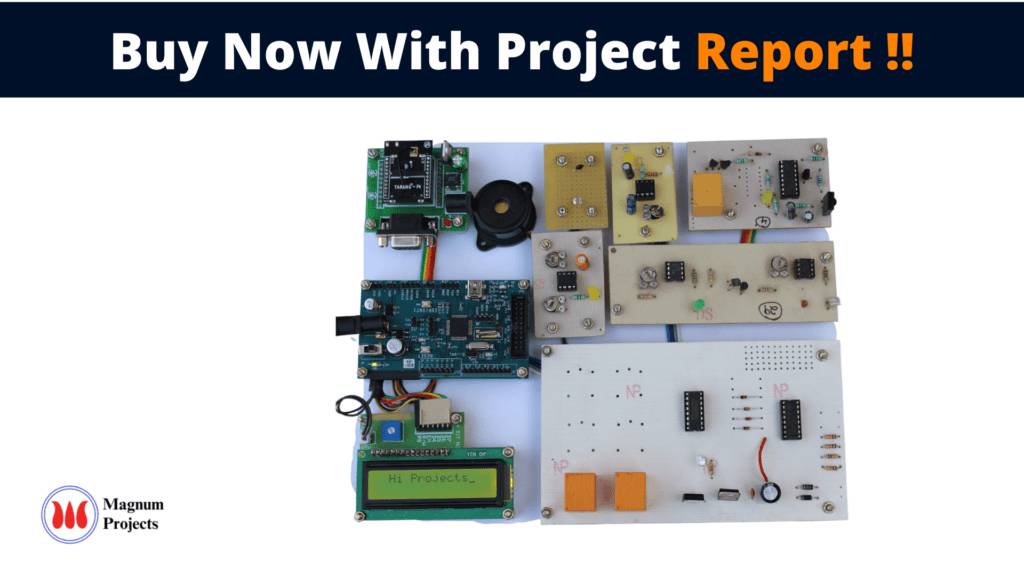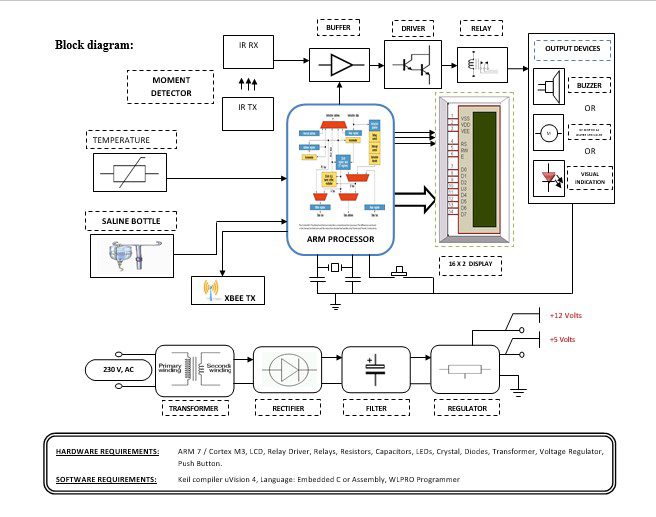Table of Contents
Introduction:

Healthcare systems across the European Union face a common challenge: rising healthcare costs. According to the World Health Organization, healthcare costs are presently primarily driven by technological change, which accounts for 50-75% of growth in costs. Other perceived causes, such as the increasing older population ratio and people’s growing expectations, account for, approximately, 10% of cost growth. Emerging standard communication technologies specifically designed for low-cost, low-power consumption, such as IEEE 802.15.4 and ZigBee, have the potential to provide high-quality patient care without considerably increasing costs. However, whereas devices based on these protocols are well-suited for personal healthcare applications, their use in a healthcare facility to monitor several patients poses several difficulties, mainly because these protocols were primarily designed to operate in extremely low-duty-cycle scenarios. This paper describes HM4All, which stands for Health Monitoring for All, a ZigBee-based patient monitoring system developed to overcome some of the shortcomings of present ambulatory patient monitoring systems, such as obtrusiveness and high cost. Additionally, it provides results from its evaluation in a real hospital environment and presents actions being taken toward its improvement.

Block diagram explanation :
Power supply unit:
This section needs two voltages viz., +12 V & +5 V, as working voltages. Hence specially designed power supply is constructed to get regulated power supplies.
ARM processor:
ARM is a computer processor-based RISC architecture. A RISC-based computer design approach means ARM processors require significantly fewer transistors than typical processors in average computers. This approach reduces costs, heat, and power use. The low power consumption of ARM processors has made them very popular:
The ARM architecture (32-bit) is the most widely used in mobile devices, and the most popular 32-bit one in embedded systems.
ARM processor features include:
- Load/store architecture.
- An orthogonal instruction set.
- Mostly single-cycle execution.
- A 16×32-bit register
- Enhanced power-saving design.
Buffers:
Buffers do not affect the logical state of a digital signal (i.e. a logic 1 input results in a logic 1 output whereas logic 0 input results in a logic 0 output). Buffers are normally used to provide extra current drive at the output but can also be used to regularize the logic present at an interface.
Drivers:
This section is used to drive the relay where the output is the complement of input which is applied to the drive but the current will be amplified.
Relays:
It is an electromagnetic device that is used to drive the load connected across the relay and the o/p of the relay can be connected to the controller or load for further processing.
Indicator:
This stage provides a visual indication of which relay is actuated and deactivated, by glowing respective LED or Buzzer.
Zigbee technology:
ZigBee is the name of a specification for a suite of high-level communication protocols using small, low-power digital radios based on the IEEE 802.15.4 standard for wireless personal area networks (WPANs).
- A very low-cost, low power consumption two-way, wireless communication standard for automation, toys & PC peripherals.
- Low power consumption: 6 months to 5 years battery life for most applications.
- Low cost: At least half the cost of Bluetooth solutions.
- The high density of nodes per network: 250 nodes per network, multiple co-located networks.Data rate requirements: Few bits to 250kbps sufficient.
IR Transmitter:
As stated earlier, the IR Remote Controlling system consists of a set of an IR transmitter and an IR receiver. Whenever the IR transmitter is activated, it generates an invisible Infrared light beam signal and transmits it toward the IR receiver. The transmitters and receivers are positioned facing each other. The source of light in the transmitter is an Infrared LED and rather than merely providing a continuous source of light, it is flashed on and off at about 10Khz. This is done so that the receiver can selectively amplify the signal from the transmitter and completely reject ambient light.
IR Receiver :
An IR Receiver Eye is a module, which is encapsulated with Photo Transistor whose semiconductor junction is mounted beneath an optical lens. It is normally used in its open base configuration and acts as a light-to-voltage converter. The base is open; the value of the reverse current across the collector and emitter will depend on the amount of illumination on the base face. In dark conditions it is near zero and under bright light it is tens or hundreds of mA.
Methodology:
In this project, we are going to monitor as well as control the three parameters i.e. saline bottle, Temperature, and movement of that particular patient. This health monitoring system consisted of three sensors that we are going monitor. Then this data is sent to the processor. In this system Wireless node is nothing but the Zigbee which is connected through the RS232 cable to USB (Serial communication) and sends data to ARM Processor. Then measure parameter data will be displayed. Also in this system, we are going to send an SMS to the Particular Doctor’s mobile. The IR sensor detects infrared power variations caused by the motion of a human body and transfers to a voltage variation. If the output voltage variation conforms to the criteria, the lamp is turned on for an adjustable duration. CDS can enable or disable output with an external voltage divider. The LM35 series are precision integrated-circuit temperature sensors, whose output voltage is linearly proportional to the Celsius (Centigrade) temperature. The LM35 thus has an advantage over linear temperature sensors calibrated in ° Kelvin, as the user is not required to subtract a large constant voltage from its output to obtain convenient Centigrade scaling
Advantages:
- The patients in the ICU need constant monitoring of their Temperature and heartbeat.
- Any abnormality felt by the patient is indicated by an alarm signal.
- Works even when the patient is in an unconscious state.
- The patient-staff ratio is very low, so this kind of advanced equipment is necessary.
Disadvantages:
This project incorporates sensors to measure important parameters
Applications:
- Body temperature data.
- Galvanic skin response measurements.
- Body position detection.
- Monitoring ECG signal.
- Pulse and oxygen functions.
- Multiple data visualization systems.




